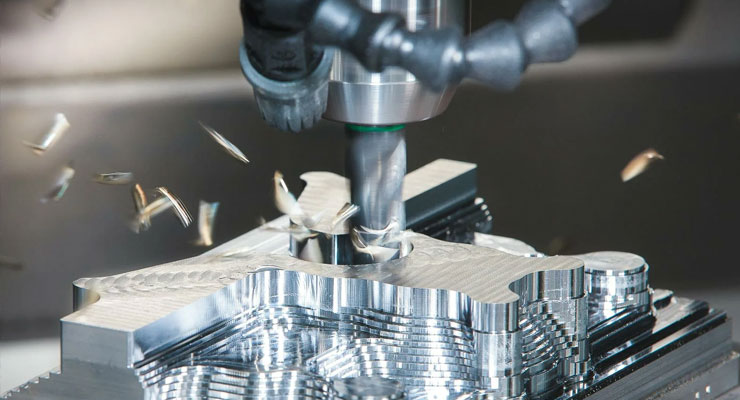Computer Numerical Control (CNC) machining is a manufacturing process that uses computerized controls to operate and manipulate machine tools. CNC machines are used to create precise and complex parts by removing material from a workpiece. The versatility, precision, and automation capabilities of CNC machines make them essential in various industries, including aerospace, automotive, electronics, medical devices, and more. Here is an overview of different types of CNC job works:
